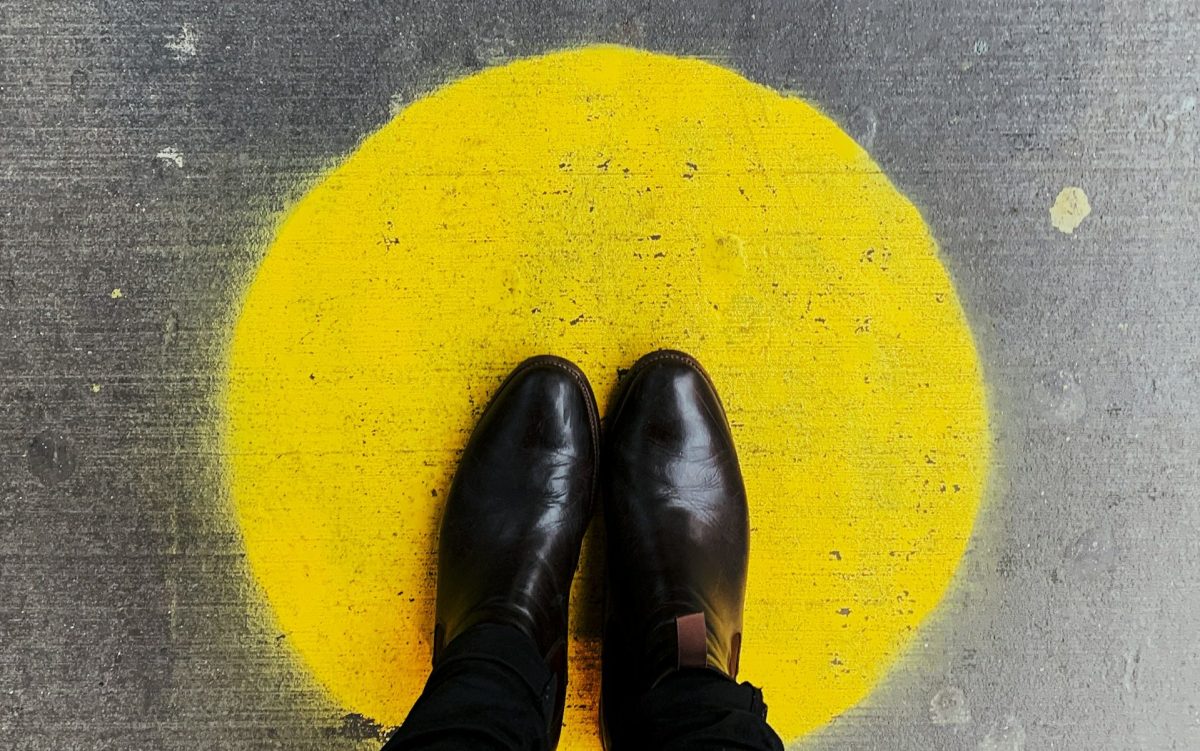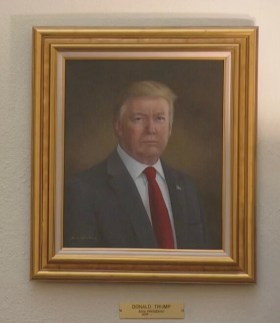For those who have recently either graduated or made the decision to pursue a career in the arts, it can be hard to know the kind of professional roles available at the entry-level position, which not only utilise existing skills, but can lead to opportunities in the sector.
Here, ArtsHub compiles a list of entry-level roles to consider and suggests things to look out for.
Jump to:
Artist/studio assistant
For those with a fine arts background, becoming an artist or studio assistant can provide an opportunity to put skills to practice while learning from other mid-career and established artists.
The role also offers vital opportunities for mentorship and networking and, thus, further development for a budding artist’s career.
It is vital, however, to understand the style, personality and ethos of an artist before joining as an assistant, as working so closely with someone will ultimately influence certain aspects of your own artistic practice.
There is also a distinction between a studio assistant and a studio technician. The former can be accessible at entry-level, whereas the latter is for those who bring specific skills that the artist seeks but does not have.
Read: Being a studio assistant has ‘opened up my mind set’
Artist/studio assistant roles are not often advertised publicly unless a project is of very high production value and it makes sense to widen the net of candidates. Otherwise, tapping into networks through peers, classmates, mentors and professors etc will increase your exposure to these opportunities.
Production assistant
Both the screen and performing arts industries require production assistants to help support and coordinate a show. In many cases, this is a fast-paced role where you need to be a jack of all trades and work with different people.
Sometimes, different departments will have their own production assistants, who perform a range of general and administrative tasks.
While these roles are seen as entry-level, there is usually a high physical and mental demand placed on production assistants – from scheduling daily operations to managing multiple project timelines.
But if you’re someone who enjoys the challenge with a “can do” attitude and thrives off the adrenaline of working on a screen or stage production, then this is worth considering as a stepping stone into the industry.
Gallery assistant
Commercial galleries often hire gallery assistants to help with exhibitions, gallery visitation, client services and administration. They are often required to act as front-of-house staff in the gallery, helping with any enquiries about the artists and artworks.
Depending on the size of the gallery, the gallery assistant role may also entail marketing and social media responsibilities, as well as writing exhibition text. It’s a good entry-level opportunity that gives you a holistic sense of operations inside a gallery, but be sure to outline what your day-to-day responsibilities will be before you commit.
Working in a commercial gallery can be useful for building an industry network, though be prepared – while being a gallery assistant can allow you to work with living artists, the role will also require customer service, sales, marketing and communications. But if you’re someone interested in the art market or the business side of things, then this role has got a lot of offer.
Read: 30 things I learned working in a gallery
Museum attendant
Different to gallery assistants, museum attendants usually only take care of the exhibition side of things, including museum experience, visitor services, and workplace health and safety.
They are also custodians of the artworks on display, making sure that visitors maintain their distance with fragile pieces and helping to create an enjoyable museum experience for everyone.
A certain level of knowledge in the arts is usually preferable in this role, as attendants are often the first point of contact if visitors have a question about the works on display.
Many artists work as museum or gallery attendants as their day job. The role provides the advantage of having regular hours and stability, and once you have worked in this capacity, it is pretty easy to transfer your skills to other institutions.
Arts writer
Writing on the arts is a pretty accessible option for people starting out – all you need is a computer, a willingness to listen, a clarity of voice and a keen eye for observation.
Most arts writers work on a freelance basis, as only a handful of publications offer in-house staff writer roles – ArtsHub being one exception.
If you want to start pitching to publications to write about the arts, then make sure you have some writing samples on hand. It’s preferable these have been published somewhere, whether that be in another publication or on a blog/website.
Different publications have their own approaches to accepting pitches or submissions, so research thoroughly before making contact. Writers’ fees can also vary, depending on the format of the submission, word count, the publication and other considerations.
Once you’ve built up a profile as an arts writer, there are a breadth of opportunities available, including writing gallery catalogues, artist profiles, industry analysis and more.
Read: 50 ways to land a job in the arts
In part 2, ArtsHub will go into more entry-level roles, including art teaching assistant, art technician and more.





